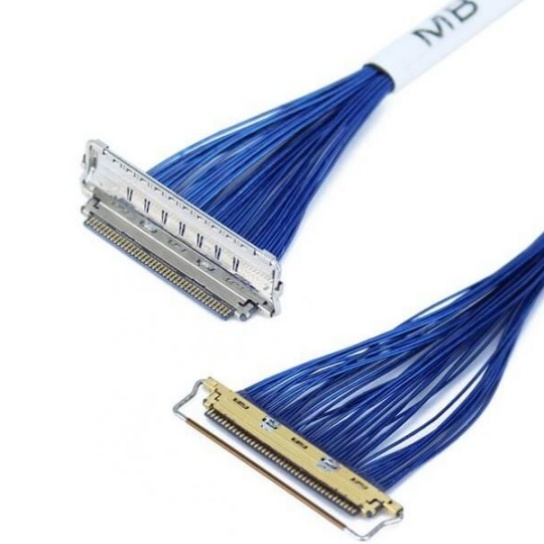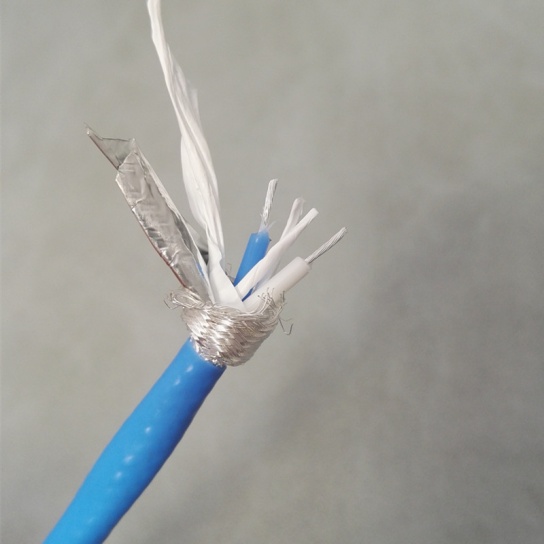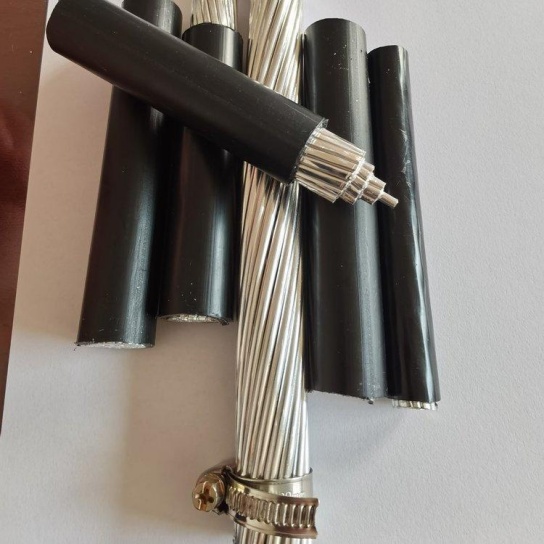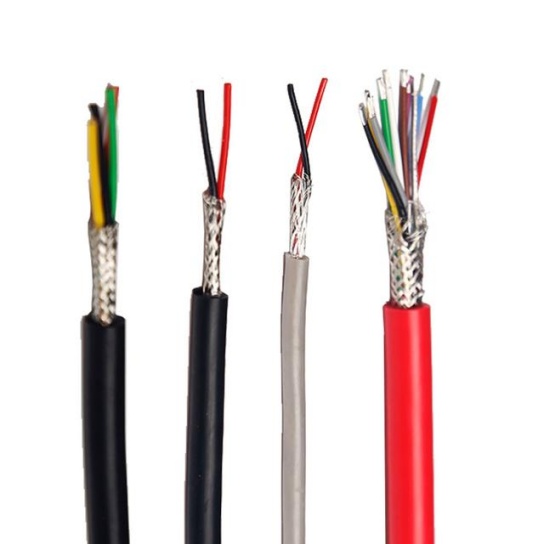Engine Failure Linked to Faulty Aviation Cables: Causes, Risks, and Safety Tips
Introduction
Recent reports linking engine failures to faulty aviation cables have raised concerns among travelers and aviation professionals. This article breaks down the causes, risks, and safety measures to help you stay informed and prioritize safety.
Why Are Aviation Cables Critical?
Aviation cables, also known as control cables or wire harnesses, are essential for transmitting signals and mechanical actions between an aircraft’s cockpit and its engines, flaps, and other systems. A single faulty cable can disrupt critical functions, leading to engine malfunctions or loss of control.
How Do Faulty Cables Cause Engine Failure?
- Corrosion and Wear: Exposure to moisture, temperature changes, and friction over time can degrade cables.
- Manufacturing Defects: Poor quality materials or assembly errors may weaken cables prematurely.
- Improper Maintenance: Skipping routine inspections or failing to replace aging cables increases failure risks.
Recent incidents, like a 2023 FAA report highlighting a mid-flight engine shutdown due to corroded throttle cables, underscore the urgency of addressing this issue.
What’s Being Done to Improve Safety?
- Stricter Regulations: Aviation authorities now mandate more frequent cable inspections and replacements.
- Advanced Materials: Airlines are adopting corrosion-resistant cables with longer lifespans.
- Pilot Training: Crews are trained to recognize early warning signs, such as unresponsive controls or unusual engine behavior.
Tips for Passengers
While aircraft maintenance is the responsibility of airlines, passengers can:
- Choose Reputable Airlines: Prioritize carriers with strong safety records.
- Stay Informed: Check platforms like the FAA’s public database for aircraft incident reports.
- Report Concerns: Notify crew immediately if you notice unusual noises or vibrations.
FAQs About Aviation Cable Safety
Q: How often are aviation cables inspected?
A: Most airlines follow FAA guidelines requiring inspections every 500 flight hours, with replacements every 5-10 years.
Q: Can modern planes operate with cable issues?
A: Redundant systems are in place, but persistent cable problems increase failure risks.
Q: What’s the #1 sign of cable wear?
A: Pilots often report stiffness or lag in control responses during pre-flight checks.






